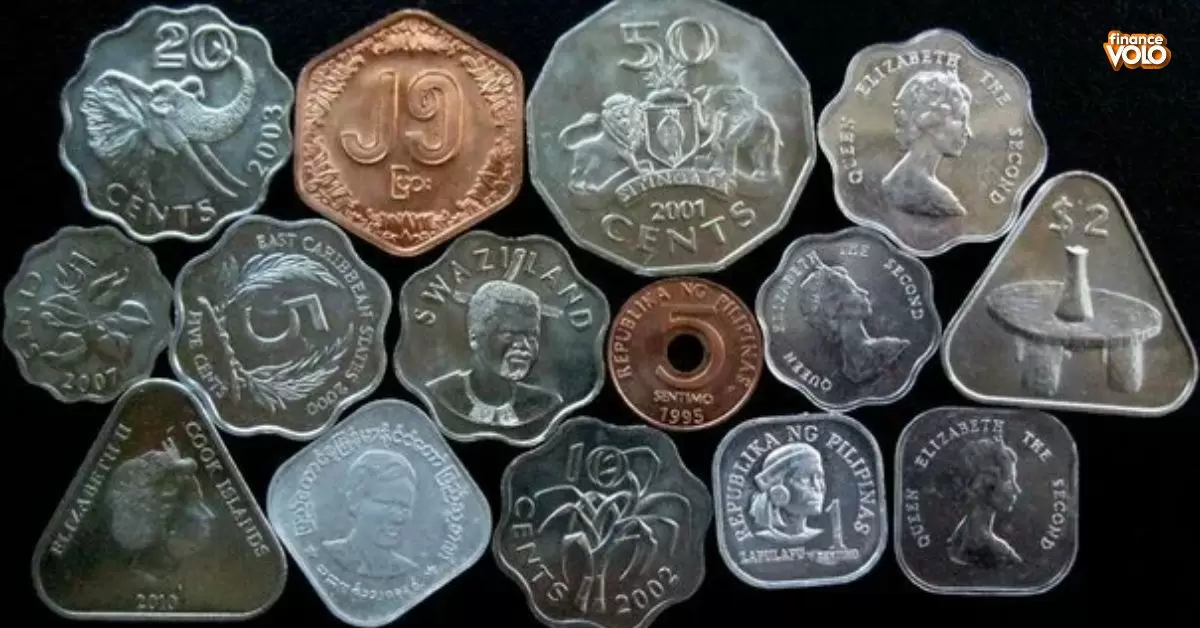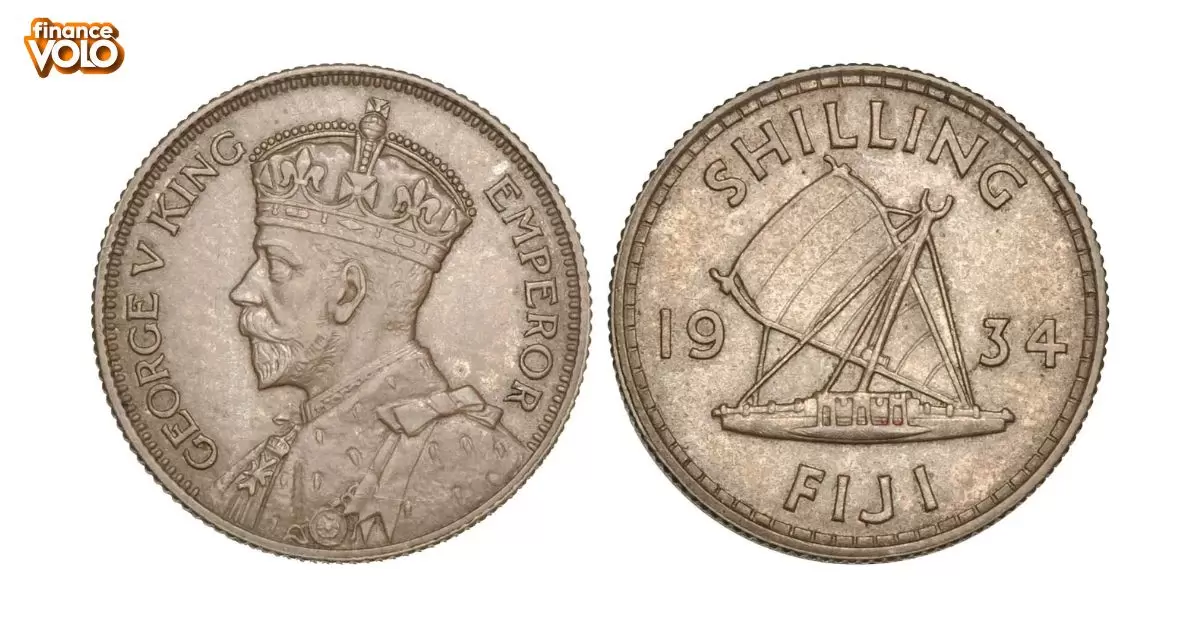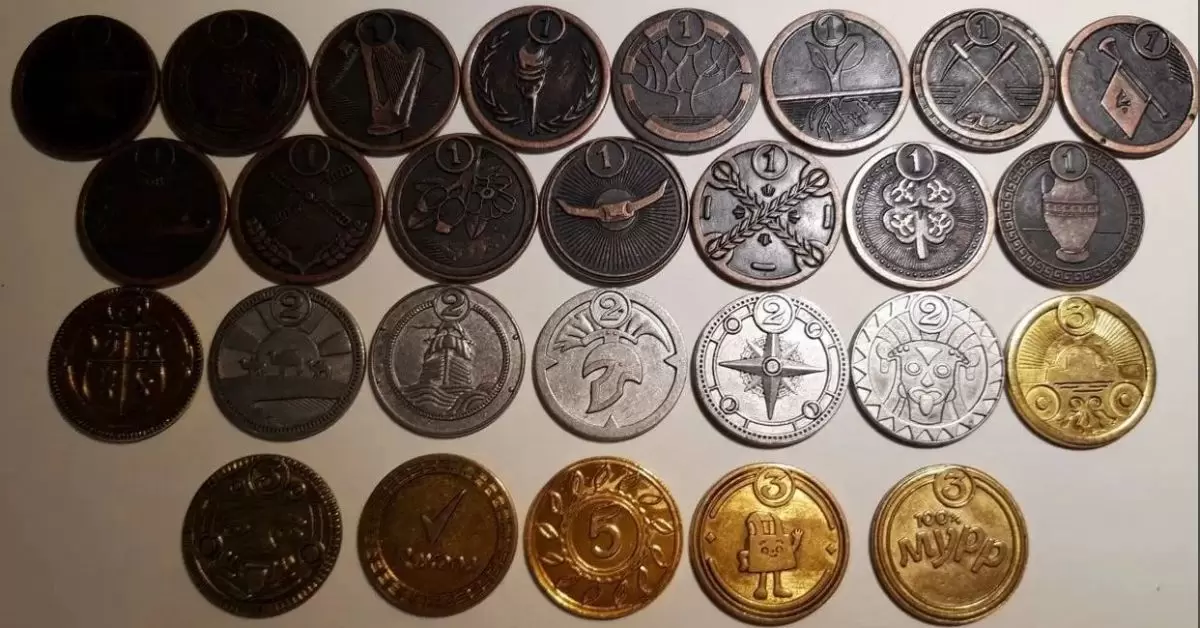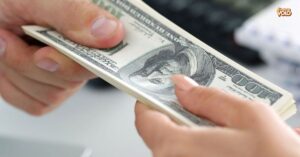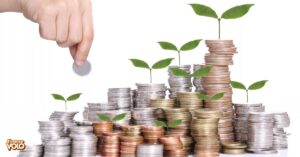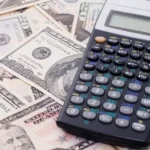Beyond its historical significance and numismatic allure, the value of a shilling coin transcends its metal composition. Dating back to the 16th century, the shilling served as a staple of commerce, facilitating transactions and shaping economies. Its tangible weight carries the stories of countless hands that exchanged it for goods and services, embodying a tangible link to the past.
Beyond its material worth, a shilling coin holds intrinsic value as a symbol of resilience and stability. It embodies the spirit of innovation and progress, reflecting the evolution of monetary systems over centuries.
Thus, the true value of a shilling coin lies not just in its face value or metal content, but in its ability to connect us to our shared history and remind us of the enduring power of currency in shaping human societies.
The Historical Significance of Shilling Coins
The origins of the shilling can be traced back to the Anglo-Saxon kingdoms of England, where it was first minted in the 7th century. Derived from the word Skilling, meaning to divide or split, the shilling was initially a denomination used to represent one-twentieth of a pound sterling. As the British Empire expanded its reach, the shilling coin became a common currency throughout the vast territories under its control, including Australia, New Zealand, and parts of Africa.
Beyond their monetary value, shilling coins played a pivotal role in shaping the cultural and economic landscapes of their respective eras. In colonial times, they facilitated trade and commerce, greasing the wheels of global exploration and exchange. Furthermore, the intricate designs and imagery adorning these coins often reflected the zeitgeist of their time, depicting significant historical figures, events, or cultural motifs.
Factors Affecting the Value of Shilling Coins
The value of a shilling coin is determined by a intricate interplay of several factors, each contributing to its desirability and rarity. Understanding these factors is crucial for collectors and investors alike.
Rarity
Perhaps the most significant factor influencing a shilling coin’s value is its scarcity. Coins with lower mintage numbers or those that have survived in limited quantities due to various circumstances (e.g., wars, natural disasters, or melting for bullion) are generally more valuable. The law of supply and demand dictates that rarer coins command higher prices, as their scarcity creates a heightened demand among enthusiasts.
Condition
The preservation state of a shilling coin is another critical determinant of its worth. Numismatists use grading standards, such as Uncirculated (MS), Extremely Fine (EF), or Good (G), to assess a coin’s condition objectively. Generally, the better preserved a coin is, the higher its value will be. Factors like strike quality, luster, and the absence of significant wear or damage contribute to a coin’s overall grade.
Historical Significance
Shilling coins associated with historically significant events, figures, or milestones tend to be more valuable than their counterparts. For instance, a shilling minted during the reign of a famous monarch or commemorating a pivotal moment in a nation’s history would garner greater interest and demand among collectors.
Numismatic Interest
The allure of a shilling coin is not solely based on its rarity or condition; its design, errors, or unique varieties can also drive its desirability. Certain coins with intriguing designs or variations, such as die varieties or double strikes, are highly prized by numismatists, further increasing their value.
Grading and Authenticating Shilling Coins
To ensure the accurate valuation of a shilling coin, it is essential to have it graded and authenticated by reputable third-party grading services. These services employ teams of expert numismatists who meticulously examine each coin’s condition, authenticity, and rarity, assigning it a grade based on industry-standard scales.
One of the most well-known grading services is the Numismatic Guaranty Corporation (NGC), which uses the Sheldon Grading Scale to evaluate coins. This scale ranges from Poor (P-1) to Perfect Mint State (MS-70), with each grade having specific criteria related to strike quality, luster, and overall preservation.
Another respected grading service is the Professional Coin Grading Service (PCGS), which utilizes a similar grading scale to NGC but with slightly different terminology. For example, PCGS uses the term Mint State instead of “Uncirculated” for coins in pristine condition.
It is crucial to have shilling coins authenticated by these reputable services to ensure their legitimacy and avoid falling victim to counterfeit or altered pieces. Experienced graders can identify telltale signs of tampering, such as tooling, artificial patinas, or added details, ensuring the coin’s integrity and protecting collectors’ investments.
Notable and Valuable Shilling Coins
Throughout history, certain shilling coins have achieved legendary status among collectors and numismatists due to their rarity, historical significance, or exceptional condition.
Here are a few examples of some of the most notable and valuable shilling coins:
- The Cromwell Shilling (1658): Minted during the short-lived Commonwealth of England under Oliver Cromwell, this shilling is highly sought-after due to its historical significance and rarity. Only a handful of these coins are known to exist, with one example graded MS-63 by PCGS selling for a staggering $259,000 at auction in 2019.
- The Beau worth Hoard Shilling (c. 1090): This shilling, part of the famous Beau worth Hoard discovered in Hampshire, England, in the late 19th century, is a rare survivor from the reign of William II (William Rufus). With only a few examples known, this coin is a testament to the craftsmanship of the Anglo-Norman era and can fetch prices well into the five-figure range.
- The Australian Shilling (1916-1963): While not as ancient as some of its European counterparts, the Australian shilling holds significant historical and numismatic value. Minted from 1916 to 1963, these coins capture the transition from the British Empire to the independent Commonwealth of Australia. Rare varieties, such as the 1923 Commemoration Shilling or the 1946 Proof Shilling, can command prices upwards of $10,000 in top condition.
- The British West Africa Shilling (1938): Issued for use in British West African territories, this shilling is notable for its scarcity and unique design featuring an elephant and palm tree motif. Only a few thousand examples were minted, making it a highly prized acquisition for collectors of British colonial coinage. High-grade specimens can fetch hundreds or even thousands of dollars at auction.
These are just a few examples of the many notable and valuable shilling coins that have captured the imagination of collectors worldwide. Each coin tells a unique story, serving as a tangible link to the rich tapestry of human history and culture.
Investing in Shilling Coins
Beyond their historical and numismatic significance, shilling coins can also represent a potentially lucrative investment opportunity. As with any investment, it is essential to approach coin collecting with a well-informed strategy and a long-term mindset.
Here are some tips for building a diverse and valuable shilling coin collection:
- Research and Education: Invest time in learning about the history, grading standards, and market trends for shilling coins. Attend coin shows, join numismatic clubs, and consult reputable resources to deepen your knowledge.
- Focus on Quality over Quantity: Rather than amassing a large number of coins, focus on acquiring high-quality, well-preserved examples with historical significance or rare varieties.
- Buy Certified Coins: Whenever possible, purchase shilling coins that have been graded and authenticated by reputable third-party grading services like NGC or PCGS. This ensures the coin’s authenticity and condition, protecting your investment.
- Monitor Auction Results: Regularly follow auction results for shilling coins to understand market trends and get a sense of realistic pricing for various grades and varieties.
- Diversify Your Collection: Consider collecting shilling coins from different countries, time periods, and mints to create a well-rounded and diverse portfolio.
- Exercise Patience: Rare and valuable shilling coins may not always be readily available. Be patient and wait for the right opportunities to acquire high-quality specimens at fair prices.
- Consult Experts: Seek advice from experienced numismatists, dealers, or auction house specialists when making significant investments or evaluating the authenticity and value of rare shilling coins.
While investing in rare coins can be rewarding, it is essential to understand the risks involved. Coin markets can be volatile, and values can fluctuate based on economic conditions, collector demand, and other factors. As with any investment, diversification and thorough research are key to mitigating risks and maximizing potential returns.
Caring for and Displaying Shilling Coins
Proper care and storage are crucial to preserving the condition and value of shilling coins, whether you are a collector or an investor. Here are some best practices for handling and displaying these precious numismatic treasures:
Handling and Storage
- Use Gloves: Always handle shilling coins with clean, cotton gloves to prevent transferring oils or dirt from your skin, which can damage the coin’s surface over time.
- Proper Storage: Store your shilling coins in individual coin flips, Mylar holders, or airtight capsules designed specifically for numismatic storage. Avoid storing coins in plastic bags or containers that can trap moisture and lead to tarnishing or corrosion.
- Controlled Environment: Keep your shilling coin collection in a cool, dry place with stable temperature and humidity levels. Avoid exposing the coins to direct sunlight, which can cause fading or discoloration.
- Handle with Care: When examining or transferring shilling coins, do so over a soft surface or padded tray to minimize the risk of dropping or scratching the coins.
Displaying Your Collection
Showcasing your shilling coin collection can be a source of pride and enjoyment. Here are some creative and visually appealing ways to display your prized possessions:
- Custom Coin Holders: Invest in high-quality coin holders or slabs designed specifically for displaying and protecting valuable coins. These holders often feature built-in stands or easels, allowing you to showcase your shilling coins while keeping them secure.
- Framed Displays: Create custom framed displays that incorporate your shilling coins alongside descriptive labels, historical information, or complementary artwork or photography. This approach transforms your collection into a visually stunning piece of art.
- Themed Displays: Group your shilling coins by theme, such as country of origin, historical era, or design motif. This approach allows you to tell a compelling story through your collection and create engaging displays that captivate viewers.
- Coin Albums or Folios: For a more traditional approach, consider using custom coin albums or folios designed to hold and protect your shilling coins. These albums often feature clear plastic inserts or sleeves, allowing you to view both sides of the coin while keeping them secure.
Regardless of your chosen display method, ensure that your shilling coins are protected from direct sunlight, excessive humidity, and potential impact or scratches. Regular cleaning and maintenance of your display cases or holders will help preserve the condition and luster of your prized coins for years to come.
Frequently Asked Questions
What is the value of a shilling coin?
It depends on the coin’s age, rarity, and condition.
Are shilling coins still in circulation?
No, shilling coins are no longer in circulation. They were phased out in many countries in favor of decimal currencies.
Can shilling coins be valuable collectibles?
Yes, some shilling coins can be valuable to collectors, especially rare or historically significant ones.
What materials were shilling coins typically made of?
Shilling coins were commonly made of silver or copper-nickel alloys, depending on the time period and issuing country.
Where can I find the value of a specific shilling coin?
You can consult coin collectors’ guides, online marketplaces, or contact numismatic experts for an appraisal.
Conclusion
In conclusion, shilling coins represent a fascinating intersection of history, art, and numismatic passion. From their humble beginnings as instruments of trade to their current status as highly coveted collectibles, these coins have stood the test of time, bearing witness to the ebb and flow of empires and civilizations.
By understanding the factors that influence a shilling coin’s value, employing proper grading and authentication practices, and appreciating the historical significance and rarity of notable examples, collectors and investors alike can unlock the full potential of these numismatic treasures.
Whether you are a seasoned numismatist or a newcomer to the world of coin collecting, the allure of shilling coins lies in their ability to transport us through time, connecting us to the rich tapestry of human endeavor and ingenuity. So, embrace the captivating stories etched onto these metallic canvases, and let the value of shilling coins ignite your passion for preserving and celebrating our shared heritage.
